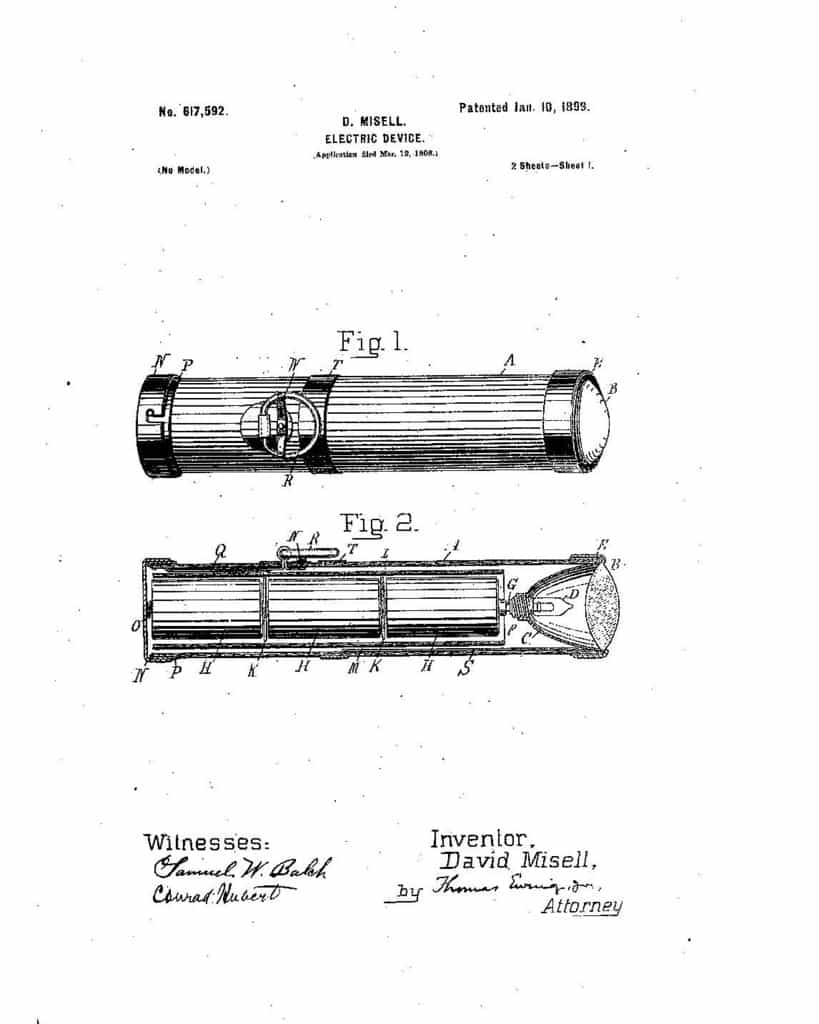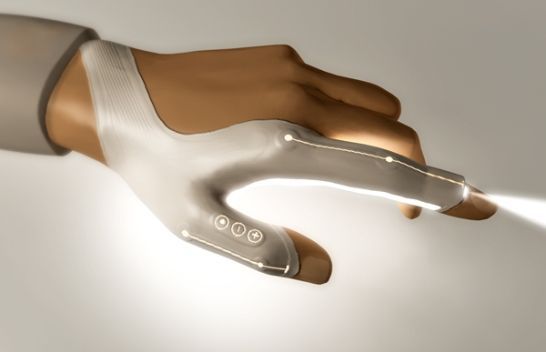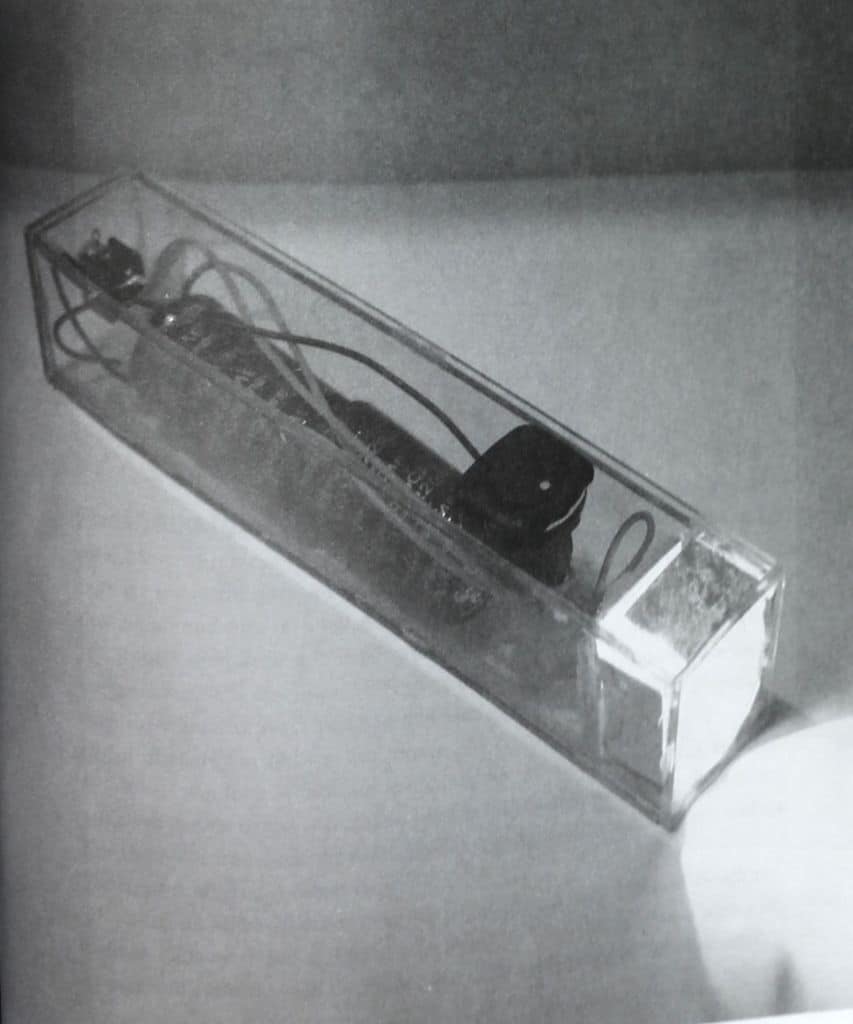The winter solstice in the Iowa City area will occur at 10:49 p.m., tonight, December 21st!
Sunset tonight is at 4:38 p.m. and sunrise tomorrow is at 7:30, which means that tonight is 14 hours and 54 minutes long. It is 8 hours and 42 minutes from the winter solstice to sunrise. So, if the short days of winter get you down, just think, after today, the days will be getting longer again!
The winter solstice occurs annually between December 20th and December 23rd. It is the astronomical beginning of winter. The meteorological beginning of winter begins on December 1st and lasts until the end of February. The day of the winter solstice can last 9.5 hours to no sunrise at all, depending on how far north a person is. The solstice happens at the same time all over the world, but the Earth is divided into 24 time zones, so it is observed at 24 different times of the day!
In case you don’t want to go through the longest night without some light, tomorrow, December 22nd, is National Flashlight Day! We can help you build your own flashlight (that works without batteries) so you can keep that flashlight handy during the remaining winter nights!
As with most inventions, the flashlight has a long history. First the battery had to be invented (in 1866 by French inventor George Lecianche). Then, it had to be made small enough to be portable, which happened in 1888 when the German scientist, Dr. Carl Gassner, invented the first dry cell and portable battery. From there it becomes a little muddy. According to Eveready, their company founder, Conrad Hubert, invented the flashlight. Or else Joshua Lionel Cowen, the original owner of the American Eveready Battery Company, came up with the idea – as a decorative lighting fixture for flower pots. We do know that when Joshua Cowen left Eveready, Conrad Hubert took over the company and with the help of fellow inventor David Misell, began to adapt the flashlight.
The first portable flashlights were hand-made from crude paper and fiber tubes, with a bulb and a reflector. They were only capable of a brief flash of light – thus the name flashlight. To promote the flashlight, a number of them were given to New York City policeman. The promotion was successful and soon everyone wanted a flashlight – “the light that does not flicker in a draught, extinguish in the wind, and is controlled instantly by finger pressure…”
Flashlights have come a long way since the beginning. Now you can have a flashlight that fits like a glove, flashlights on your shoes, bendy book lights, key chain flashlights, kinetically powered flashlights, and of course, the smart phone flashlight….
Are you looking for a project to tackle while on break? How about making your own flashlight that works without batteries! Haywired: Pointless (yet awesome) Projects for the Electronically Inclined will walk you through creating your own! Author Mike Rigsby includes a complete parts list and step by step instructions. There are also pictures that illustrate the process. This great homemade flashlight takes 3 minutes to recharge and then will run for more than 24 hours! The parts include items you probably have around your house – items like electrical tape, glue, and permanent marker. You’ll also need (among other things) solder and a soldering gun, high brightness LED, and a rocker switch. Rigsby includes information about where you can purchase those items you don’t have on hand.
Ever since the ancient times, monuments have been built all over the world to commemorate the solstice. Newgrange is a huge Stone Age tomb that was built in the Irish countryside about 1,000 years before Stonehenge. In Peru (circa 800 to 100 B.C.), the desert is crisscrossed with lines of earth and rock that connect ceremonial mounds with the place where the winter solstice sun sets on the horizon. Ancient Egypt’s sprawling temple of Karnak was contructed in alignment with the winter solstice at Luxor more than 4,000 years ago. Similar alignments can be seen from Angkor Wat to Machu Picchu.
“What we’re here for is to celebrate the fact that the cycle of the world turns,” senior druid King Arthur Pendragon said at the 2014 Stonehenge solstice celebration. “It’s a time [when] change and hope is renewed.”
Create your own winter solstice celebration and build your own flashlight to get you through the long night!
Resources:
Rigsby, Mike. 2009. Chicago, Ill : Chicago Review Press. Haywired : pointless (yet awesome) projects for the electronically inclined.
Let There Be Light: The History of the Flashlight. 2011. Trumbull-Nelson@t-n.com
Flashlight History. 2015. Eveready Battery Company, Inc.
48 Funky Flashlight Designs. Feb. 11, 2013. TrendHunter Art & Design. Trend Hunter, Inc.
Misell, David, inventor, 1898 March 3. (EN) Electric Device. United States patent US 617,592. PatentScope
Misell, David, inventor, 1898 March 3. (EN) Electric Device. United States patent US 617,592. Google Patents.
Winter Solstice. 2015. National Day Calendar.
Shortest Day of the Year in the Northern Hemisphere. 2015. timeanddate.com
Everything You Need to Know About the Winter Solstice. Dec. 21, 2015. National Geographic Society.
Other Resources:
Winter solstice: Stonehenge crowd gathers for sunrise. Dec. 22, 2015. BBC.


